End of year is always a good time to reflect on the state of crime fiction, and also an occasion to add a few critical books to your shelves. This is always one of our favorite lists to assemble. That’s because we don’t just enjoy crime fiction, we enjoy interrogating how it’s made, how it shapes the culture around us, and how it shapes us as readers and individuals. This was one of the strongest years in recent memory for thoughtful, illuminating criticism focused on crime fiction and its creators. We gained new insight into the evolution of private detectives in literature, traveled Scandinavias real and fictional, and were immersed in the production of one of the greatest, most troubled noirs ever made. It was an eye-opening journey in books, and one we’re immensely glad to have made.
Here are our choices for the year’s best crime fiction criticism.
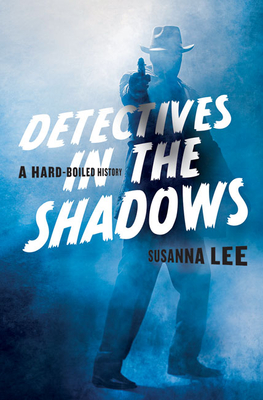
Susanna Lee, Detective in the Shadows: A Hard-Boiled History
(Johns Hopkins Press)
Literary and cultural critic Susanna Lee offers a fascinating study of an evolving figure central to American literature: the private detective. Looking at some of the most iconic figures in fiction and skillfully putting them into the context of their creation and reception, Lee tells a story of America through the decades. Now, at a time when crime fiction is reckoning with its relationship to the police and law enforcement, it’s a useful time to remember the literature’s long roots with the outsider figure, one often at odds with the police but still reflecting certain entrenched societal views. Lee has a profound and nuanced understanding of the writers and books she’s dealing with, and her insight into where the belong in the cultural framework is consistently illuminating. This is a book all serious crime fiction readers should have on their shelves. –Dwyer Murphy, CrimeReads Editor-in-Chief
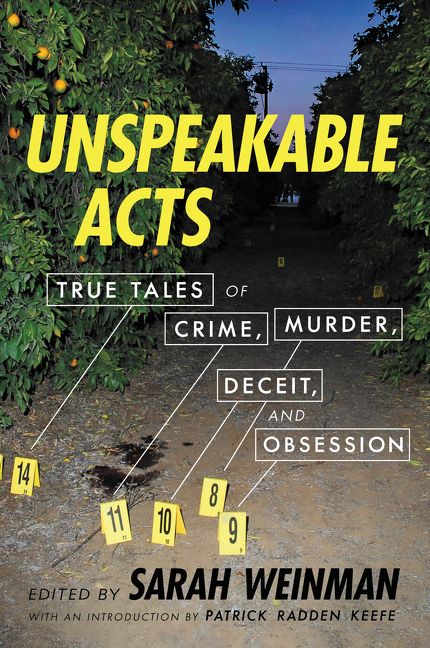
Sarah Weinman (editor), Unspeakable Acts: True Tales of Crime, Murder, Deceit and Obsession
(Ecco)
As the true crime boom continues, it would behoove us all to partake in the flowering of criticism over the past few years examining what exactly we’re getting out all this interest in real-life murder and mayhem. Concurrently, the quality of true crime writing and the ways in which writers ingeniously weave the threads of a crime into the wider world have continued to soar to ever-greater heights. In Unspeakable Acts, Sarah Weinman has gathered together a brilliant collection of essays in her new collection, including both tales of true crime and examinations of true crime itself, from a host of contributors who represent the best and brightest of the crime writing world. Each essay is as thoughtful as it is gripping, for what promises to be the best true crime essay collection of the year. –Molly Odintz, CrimeReads Senior Editor
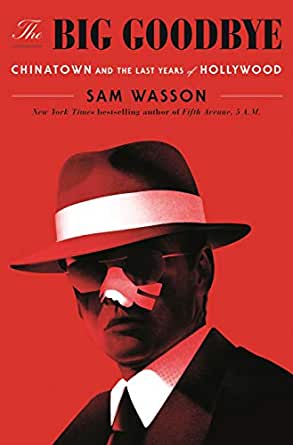
Sam Wasson, The Big Goodbye: Chinatown and the Last Years of Hollywood
(Flatiron)
The story behind the making of Chinatown is just as twisted and fascinating as the film itself. Sam Wasson, who has previously written about Bob Fosse and Gwen Verdon, as well as many other singular figures in entertainment, has crafted an impressionistic work that captures the filmmaking industry at its most creative—and most out of control. Weaving together the stories of Robert Townes, Roman Polanski, Robert Evans, Anjelica Huston, and of course, the character of the film itself, Wasson’s new work of film history is not to be missed. –DM

Guilt Rules All: Irish Mystery, Detective, and Crime Fiction, ed. Brian Cliff & Elizabeth Mannion
(Syracuse University Press)
As is patently obvious to anyone who patronizes out humble site, we really like Irish crime fiction. But what makes Irish detective novels so darn good? Brian Cliff and Elizabeth Mannion have assembled a host of the country’s leading voices in literary criticism to finally do justice to a phenomena that has long been appreciated but has little been examined. From the Troubles, to the Irish Tiger, to growing multiculturalism and changing mores, Irish crime fiction is ready to engage with whatever issues are facing the nation. Those interested in the history of the nation’s mystery scene will find themselves with plenty of engaging content as well. –MO
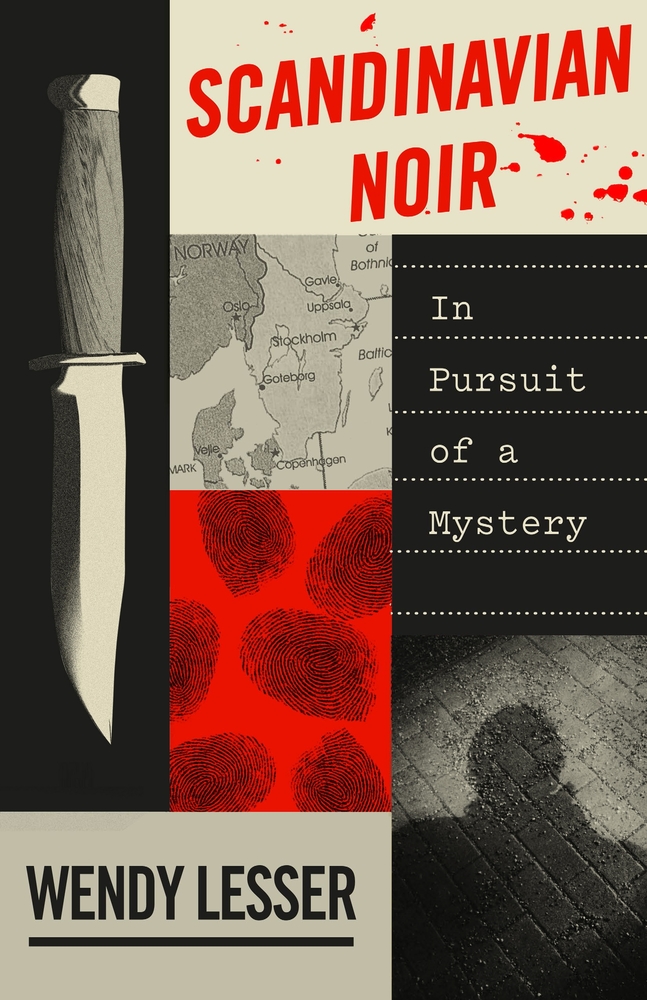
Wendy Lesser, Scandinavian Noir: In Pursuit of a Mystery
(FSG)
Wendy Lesser offers up readers one of the most insightful, surprising journeys through fiction in recent memory. After decades of consuming Scandinavian crime fiction and populating in her mind’s eye an imaginary land built out of those stories, Lesser finally decided to investigate for herself. Charting a journey across Scandinavia based on the locales and haunts of her favorite fictional works, Lesser sketches a story at once deeply personal and familiar to all passionate readers. The turns of her mind are consistently interesting, and Lesser crafts an irresistible hybrid of travelogue, reading diary, and cultural history. –DM

Christina Lane, Phantom Lady: Hollywood Producer Joan Harrison, the Forgotten Woman Behind Hitchcock
(Chicago Review Press)
Behind every great filmmaker, there is probably a woman doing all the work, and Joan Harrison was no exception. She did, however, earn exceptional power in Hollywood through her longtime collaboration with Alfred Hitchcock and established herself as a producer at a time when few women in the film industry worked in decision-making roles. Christina Lane has written an engaging history of a little-known figure with an outsized impact on her industry. –MO
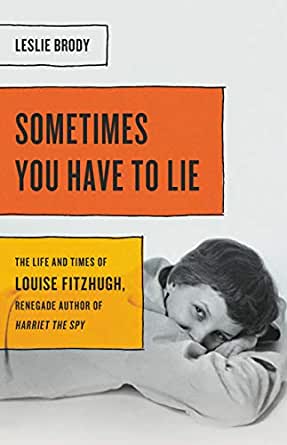
Leslie Brody, Sometimes You Have to Lie: The Life and Times of Louise Fitzhugh, Renegade Author of Harriet the Spy
(Seal Press)
Brody’s fascinating new biography of Louise Fitzhugh, the creator of the legendary Harriet, the Spy, is the first in-depth work on the author’s life and well worth the wait, sketching out a complex portrait of a woman who thrived in midcentury bohemian New York and brought some of its magic to the stories of an inquisitive young girl living in the privileged environs of the Upper East Side. Fitzhugh herself came from a different world of privilege, growing up in a Memphis mansion, only to flee to New York and a life of art, ideas, fluid sexuality, and ultimately, great success. Her Harriet books helped revolutionize children’s literature and to bring a new, invigorating depth to its protagonists, especially Harriet, who formed her own judgments about the world and always believed in the power of the snoop. Brody captures so much of what made Fitzhugh’s work special and offers up dozens of new reasons to be drawn into her life and art. –DM
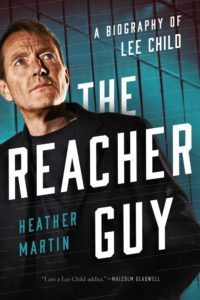
Heather Martin, The Reacher Guy: A Biography of Lee Child
(Pegasus Books)
Last year saw the publication of Andy Martin’s writing-focused and rather eccentric With Child, a memoir of a year spent observing Lee Child’s writing process, and Heather Martin’s new biography of Child should serve as a perfect companion, contributing to a growing body of scholarship dedicated to Reacher and his creator. Most of us know the bare bones origin story of the series—Jim Grant, after being made redundant from his television career, reinvented himself as author Lee Child and brought to life one of the most iconic characters ever penned. Martin, however, isn’t interested in the myths or the legends. She’s interested in man. And by the end of reading this one, you just might find yourself liking Jim Grant even more than his novels. –MO

















